India is the world’s secondlargest consumer of urea, since agriculture makes up about 14 per cent of its economy. Urea is produced domestically for its agronomic requirements and is also imported from China, Iran, Saudi Arabia and Oman to bridge the gap between the indigenous availability and the assessed demand.
Urea is the only fertiliser under a statutory price and partial movement control and its import for direct agriculture use is permitted only through state trading enterprises, namely MMTC and STC.
The government also imports urea from a urea-ammonia plant run by the Oman India Fertiliser Company (OMIFCO), which is a joint venture between the government of India and the Sultanate of Oman, under a long-term urea off-take agreement. The import of urea from OMIFCO is done through the Indian Farmers Fertilizer Cooperative and Krishak Bharati Cooperative.
The import of agricultural urea by the government happens through various Indian ports after extensive bidding by various fertiliser marketing entities, like the Indian Farmers Fertiliser Cooperative (IFFCO), Indian Potash Limited (IPL), National Fertilizers Limited (NFL) and Coal India Limited (CIL).

The graphic representation above shows the amount of urea imported into India for the last three financial years.
On the east coast of India, ports like Krishnapatnam, Kakinada, Visakhapatnam and Gangavaram are generally preferred for the import of urea to various fertiliser consumption centres across India.

Paradip Port is on the east coast of India, about 210 nautical miles to the south of Kolkata and 260 miles north of Visakhapatnam. The port is in an ideal location to service the demands of various fertiliser consumption centres in Indian states such as Odisha, Chhattisgarh, Jharkhand, Bihar, West Bengal, Madhya Pradesh and Uttar Pradesh compared to other ports handling urea imports on the east coast.
The Department of Fertiliser (DOF) of the government of India floated a tender in September 2018 to appoint a fertiliser marketing entity at various Indian ports to handle and market urea imported by the government. Paradip International Cargo Terminal (PICT) was included in the list of ports eligible to import urea. NFL emerged as the lowest bidder for PICT and was accordingly awarded the contract to handle and market agricultural urea at PICT by the DOF.
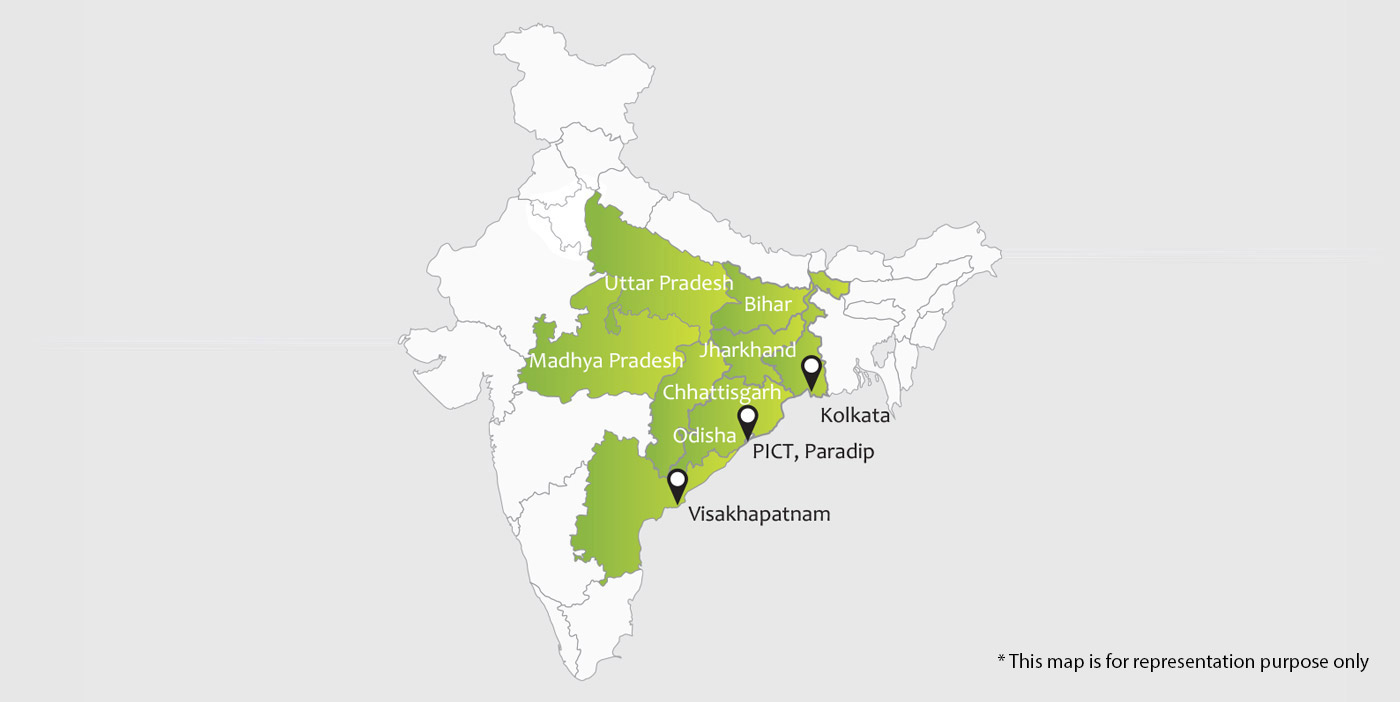
Subsequently, PICT received two vessels with urea in January 2019. The vessels came alongside the berth without any pre-berthing delays. PICT ensured seamless completion of discharging operations and a discharge rate of over 10,000 MT per weather working day was achieved. The bulk cargo was discharged only through hoppers, thereby eliminating jetty dumping.
The cargo was stored in a clean and covered warehousing facility with storage space for the entire 87,000 MT of cargo. During the movement of the cargo to the warehouse, minimal cargo handling loss was observed.
Operations such as coating the urea with neem, bagging it into 45-kg bags and loading them into rakes for final dispatch were carried out at PICT. Bagging was done using mechanised bagging units with a neem coating facility.
The entire cargo of 90,000 MT was dispatched by rail within 40 days. Each rake was fully loaded in less than 5 hours, within the free period granted by Indian Railways.
NFL was able to reduce the overall cost for railway freight from PICT to the various fertiliser consumption centres in Bihar, Chhattisgarh, Jharkhand, Madhya Pradesh, Uttar Pradesh and West Bengal compared to other ports.
The table shows the average savings achieved ex-PICT for rail freight compared to other urea-handling ports.
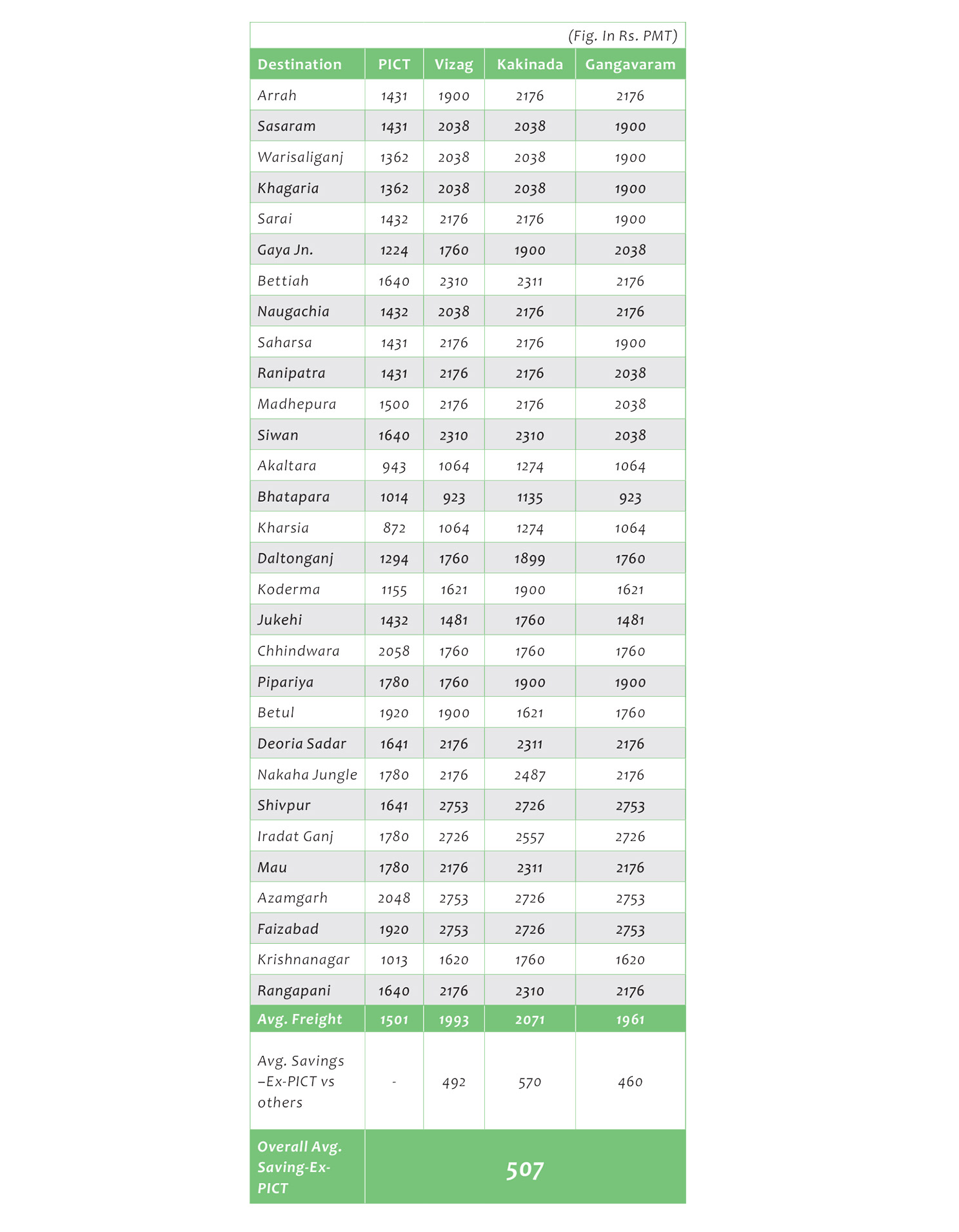
From the table, it is evident that there is an overall average saving of Rs. 507 per MT ex-PICT compared to other ports. This cost reduction in railway freight has resulted in a saving of approximately Rs. 44 million of DOF for just two shiploads of cargo from PICT. This would translate into a massive reduction in its overall expenditure on freight subsidies for imported urea.
Hence, with its commercial advantage along with its operational excellence, PICT has become the preferred gateway port for the import of urea to the east coast of India.
Paradip International Cargo Terminal (PICT) at Paradip Port is a multipurpose, clean cargo and container handling terminal developed by J M BAXI GROUP. The depth of the berth is about 17.1 m and the quay length is 450 m, making it capable of handling Cape-sized vessels of up to 1,25,000 DWT. The terminal can handle approximately 10 MMT per annum of clean cargo such as fertiliser, food grains, iron and steel, pig iron, and containers.
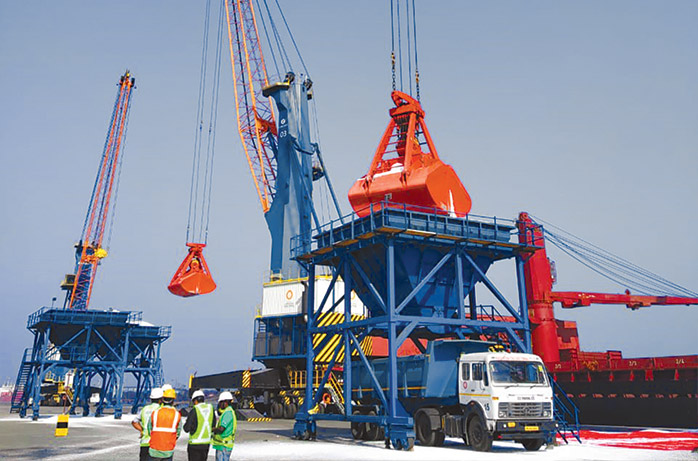
BULK C ARGO IS DISCHARGED
INTO HOPPERS
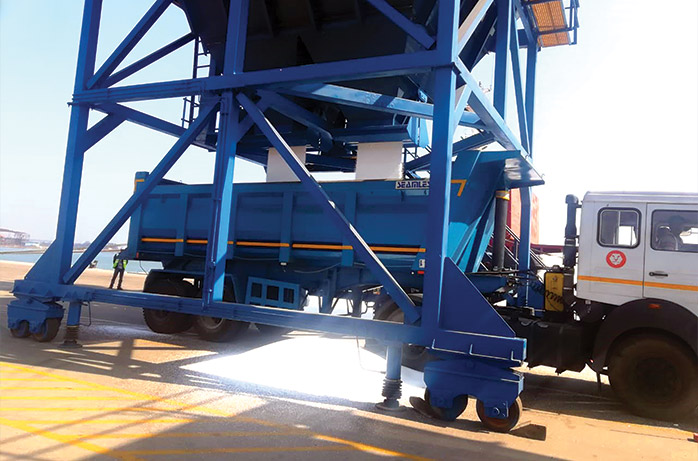
C ARGO FALLS INTO A TIPPER FROM THE HOPPER FOR ONWARD MOVEMENT TO A WAREHOUSE
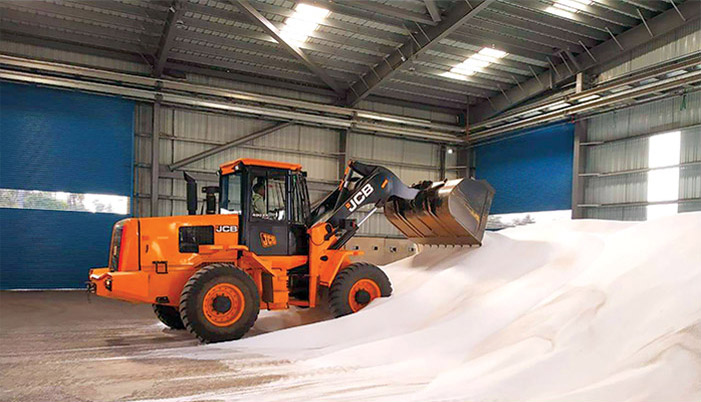
FRONT LOADERS ARE USED TO PILE THE C ARGO INTO HE APS
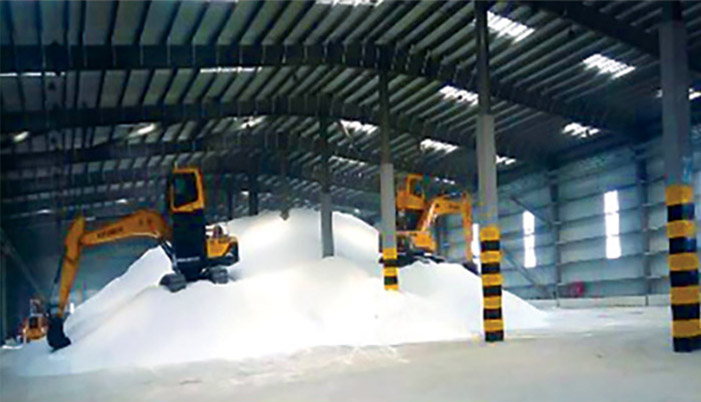
E XC AVATORS ARE USED TO MAKE HIGH HE APS OF BULK C ARGO
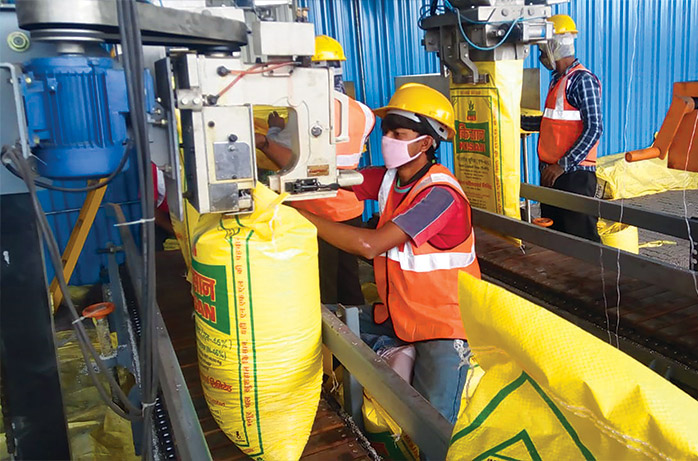
BAGGING USING MECHANISED BAGGING UNITS WITH NEEM COATING FACILITY
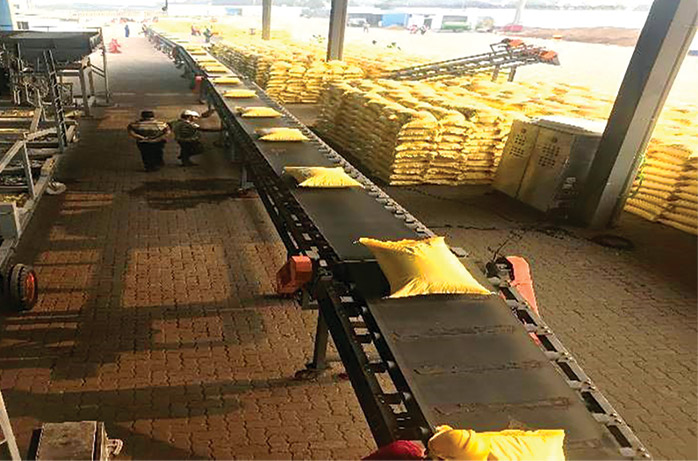
BAGS STACKED INSIDE A RAILWAY
WAGON
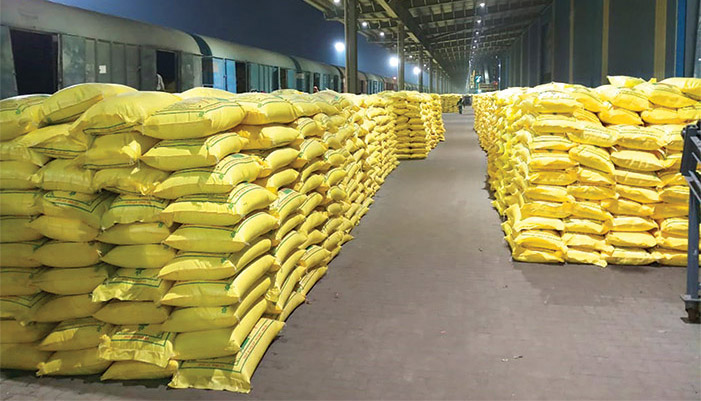
BAGS MOVED BY CONVEYOR BELT. WAGON LOADERS ARE USED TO LOAD THE RAKES